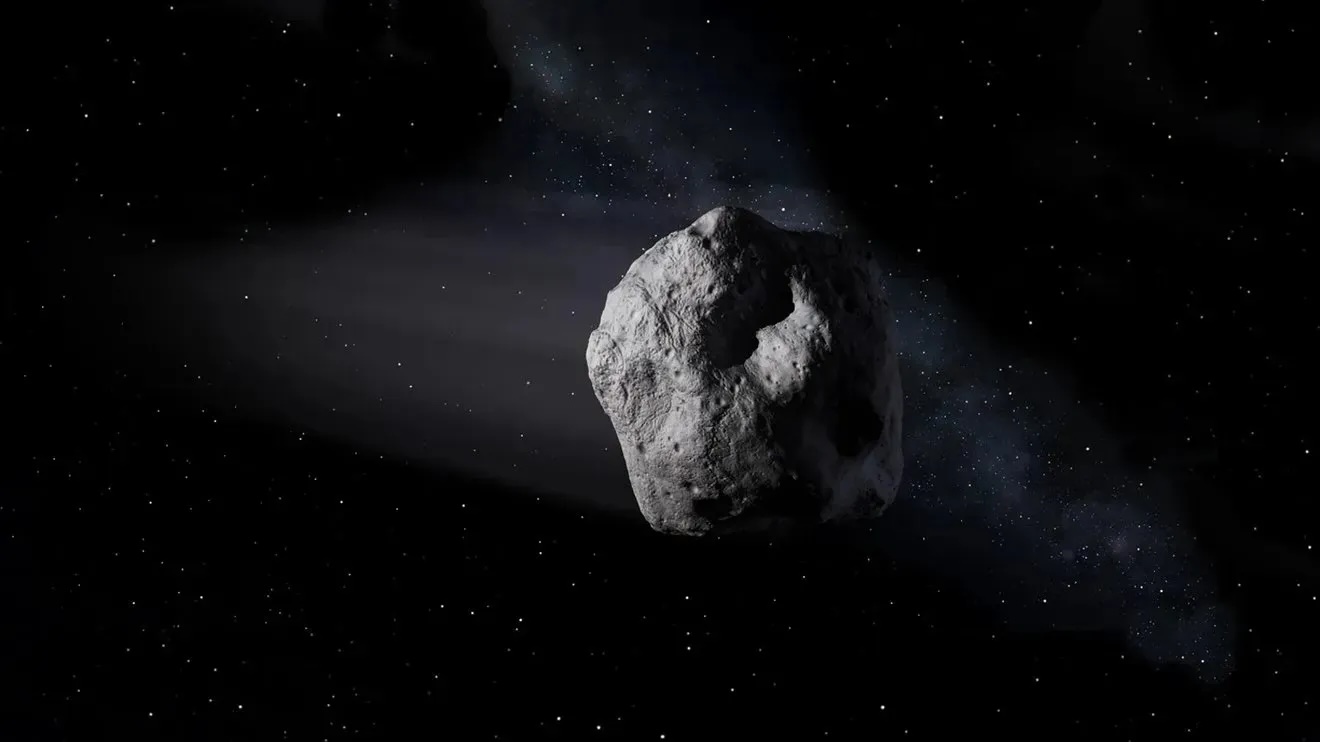When you purchase through link on our site , we may earn an affiliate commission . Here ’s how it works .
scientist have uncovered fresh grounds that Venus is not dead — geologically speaking . Venusand Earth are standardized in size and were bombarded by comparable amount of water system billions of years ago . This shared origin has long fueled one of planetary science ’s biggest questions : Why did Venus become a hellish , uninhabitable world while Earth fly high into a cradle for animation ?
Now , more than three decades afterNASA ’s Magellan spacecraft map Venus ' open , scientists have found signs of hot stuff rising from the satellite ’s interior , indicating that its encrustation is still being sculpted from within .

A view of Venus taken by NASA’s Magellan spacecraft in 1996. A new look at Magellan data has revealed a shocking hint that Venus may be more ‘alive’ than previously thought.
The findings , published May 14 in the journalScience Advances , add to a growing body of evidence that Venus , despite lacking Earth ’s shell architectonics , may share more internal dynamic with our satellite than scientists previously conceive .
bear on : atom responsible for hook Venus of its water may at last have been identify
" This inquiry has provided a fresh and crucial perceptivity into the possible subsurface processes currently shaping the surface of Venus,“Gael Cascioli , an assistant research scientist at NASA ’s Goddard Space Flight Center in Maryland who co - led the raw study , said in astatement .

This image shows large, ring-shaped coronae on Venus. New research reveals these features are actively being shaped with hot material rising from below, offering new clues to geological activity on the hellish planet. (Image credit: NASA/JPL-Caltech)
“We could hardly believe our eyes”
The latest grounds focuses on piles of large , ring - shape feature on Venus ' surface . These features , love as corona , form when feather of hot rock hike from deep within the mantle , push the crust upward . As the surface cools and collapses , a round structure is left behind . Cascioli and his team simulated several formation scenarios for these features and compared their event with information from Magellan .
The predicted and literal information aligned so closely for some coronae that " we could scarcely consider our eye , " Cascioli toldScientific American .
Of the 75 coronae they resolved in the Magellan data , 52 appear to sit above buoyant mantle plume , agree to the Modern study .

" We can now say there are most likely various and ongoing active processes driving their formation,“Anna Gülcher , a global scientist at the University of Bern in Switzerland who co - led the new survey , said in the command . " We believe these same processes may have occurred early in Earth ’s story . "
Venushosts hundreds of such coronae , many of which are found in areas where the planet ’s crust is particularly fragile and heat from below is high . late inquiry simulated how different rock type behave under Venus ' extreme conditions . The finding evoke that the planet ’s crust maybreak off or meltonce it pass around 40 miles ( 65 kilometre ) wooden-headed , and in many areas , it is likely even thin .
" That is surprisingly slender , given conditions on the planet,“Justin Filiberto , deputy foreman of NASA ’s Astromaterials Research and Exploration Science Division in Houston , who co - authored the bailiwick about Venus ' insolence , said in adifferent program line .

This peeling or melting of the crust not only aid regulate Venus ' surface social organization but could also recycle water and other cloth back into the major planet ’s interior , potentially fuel volcanic natural action and influencing its atmosphere , Filiberto explained . " It reset the playacting field for how the geology , crust and atmosphere on Venus work together , " he said .
These late findings offer testable predictions for approaching military mission to Venus that will gather direct data about the planet ’s incrustation and geology to polish existing model .
— Japan loses contact with Akatsuki , humanity ’s only active Venus investigation

— Venus is leaking C and oxygen , and scientists are n’t totally trusted why
— Photographer snaps exceedingly rare ' green instant ' do from Venus
Scientists direct to pinpoint field of surface activity using information from NASA ’s VERITAS mission , which will map the planet ’s aerofoil at a resolution two to four times higher than previous mission . Another NASA mission , DAVINCI , slated for 2029 , will focus on studying Venus ' atmosphere and surface chemistry , while theEuropean Space Agency ’s EnVision missionary post , targeted for 2030 , will provide high - resolving power surface mapping .

These missions will deliver " a level of detail that could inspire our savvy of Venus ’s geology and its implications for early Earth , " study co - authorSuzanne Smrekar , a world scientist at the Jet Propulsion Laboratory in California , said in the financial statement .
You must confirm your public display name before commenting
Please logout and then login again , you will then be prompted to enter your display name .














